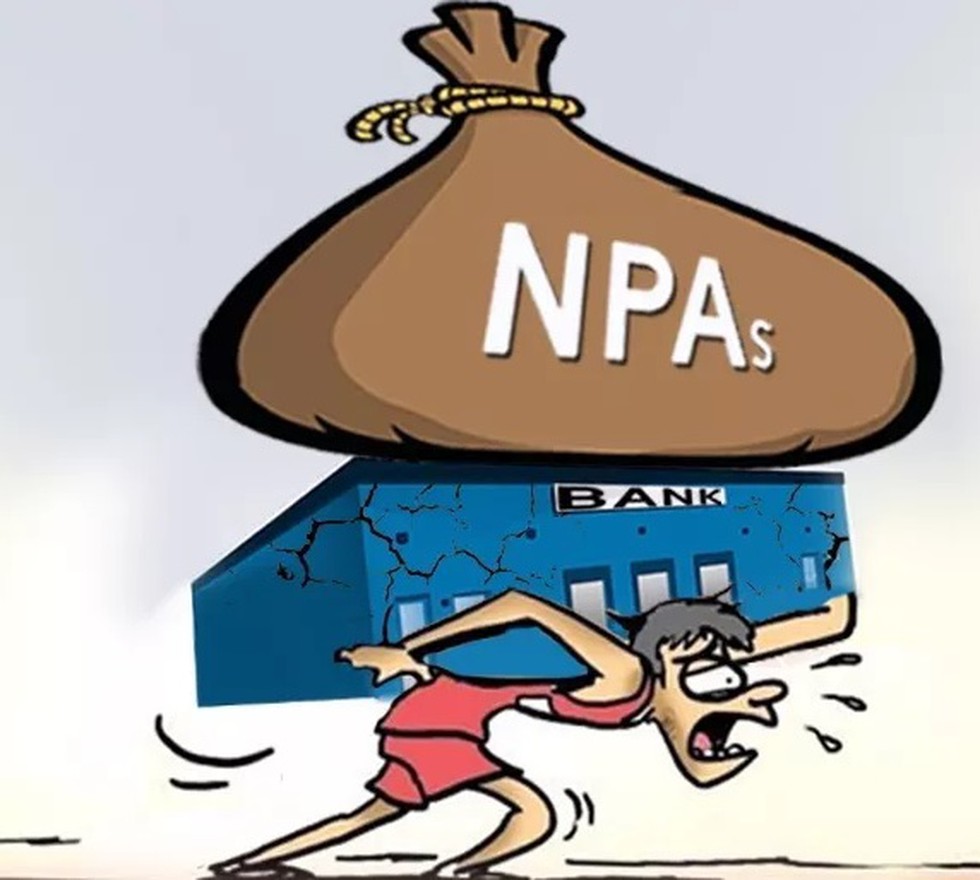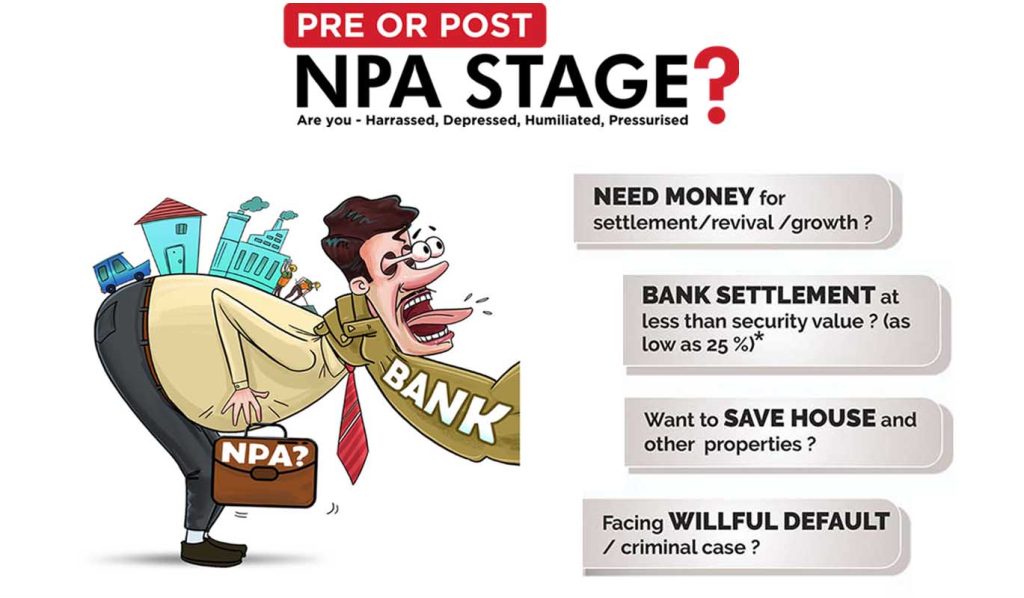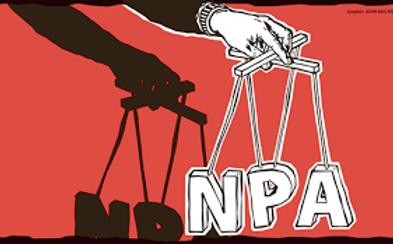Loans or advances that have been labeled as non-performing assets (NPAs) by a lender because the borrower has neglected to make interest or principal repayments for an agreed-upon period of time are referred to as loans or advances. It varies from lender to lender how long a loan must be in default for before it is labeled an NPA, although it is normally 90 days.
Banks and other financial institutions struggle greatly with NPAs because they result in losses in revenue. The lender is unable to recover interest payments from the borrower’s account if a loan becomes a non-performing asset (NPA). Additionally, the lender could need to file a lawsuit to recoup the unpaid concept balance. This approach can be expensive and time-consuming.
Causes and Factors Leading to NPAs

Here are some of the causes and factors leading to NPAs:
- Economic downturn: When the economy is in a downturn, businesses and consumers may have difficulty repaying their loans. This can lead to an increase in NPAs.
- Lack of due diligence: If a lender does not properly assess the creditworthiness of a borrower, it is more likely to make loans that become NPAs.
- Fraud: In some cases, borrowers may intentionally default on their loans in order to defraud the lender.
- Natural disasters: Natural disasters can damage businesses and homes, making it difficult for borrowers to repay their loans.
- Change in government policies: Changes in government policies, such as interest rate changes or tax reforms, can also lead to an increase in NPAs.
- Ineffective risk management: Banks and other financial institutions that do not have effective risk management systems in place are more likely to experience NPAs.
- Poor corporate governance: Banks and other financial institutions that have poor corporate governance practices are also more likely to experience NPAs.
<liPolitical interference: In some cases, political interference can lead to NPAs. For example, banks may be pressured to make loans to borrowers who are politically connected, even if these borrowers are not creditworthy.
Types of NPAs
Here are the different classifications and types of NPAs:
- Substandard assets: These are possessions that have been in default in under a year. Although there is a chance it won’t be possible, the financial institution may still be able to recoup the whole loan amount.
- Doubtful assets: These are assets that have been in default for more than 12 months but less than 36 months.

- Loss assets: These assets are in default and are not expected to be entirely recovered after more than 36 months. The bank won’t be able to get any money from the borrower and will have to write off the loss.
Impact of NPAs on Banking and Economy
- Reduced profitability: NPAs result banks to lose money because they’re unable to get interest from borrowers. Lower earnings and dividend payments to shareholders may result from this.
- Increased risk: NPAs result banks to lose money because they’re unable to get interest from borrowers. Lower earnings and dividend payments to shareholders could come from this.
- Reduced lending: Bank lending may be restricted as a result of NPAs. This is due to the possibility that banks may be hesitant to lend money to borrowers who are considered as high risk. Because it is harder for enterprises to obtain the finance they require to expand, this can hinder economic growth.
- Increased government intervention: Increased government involvement in the banking industry could lead to from NPAs. This is due to the possibility that the government will need to support financially distressed banks. In addition to being expensive for the government, this may result in more banking sector regulation.
Measures for NPA Prevention and Management

Here are some of the measures that can be taken by banks and governments to prevent and manage NPAs:
- Improved credit risk assessment: To identify clients who are more likely to fail on their loans, banks must enhance their credit risk assessment procedures. This may be achieved through using more complex loan models and by gathering more data on borrowers.
- Increased monitoring of borrowers: Banks have to track borrowers more closely in order to spot early indications of financial trouble. This could reduce the likelihood of loan default for borrowers.
- Early intervention: When dealing with debtors that are having financial difficulties, banks must step in quickly. This can aid in averting a worsening of the problem and help with recovering part of the money owing to the bank.
- Sale of NPAs: Banks may sell NPAs to investors or other financial institutions. This could help in lowering the balance sheet amount of bad debt for the bank.
Legal and Regulatory Framework for NPAs
| Law/Regulation | Description |
|---|---|
| Banking Regulation Act, 1949 | This Act regulates the functioning of banks in India. It defines NPAs as loans or advances that have remained unpaid for more than 90 days. |
| Reserve Bank of India (RBI) Act, 1934 | This Act gives the RBI the power to regulate the banking system in India. The RBI has issued a number of guidelines for banks on how to manage NPAs. |
| Securitization and Reconstruction of Financial Assets and Enforcement of Security Interest Act, 2002 (SARFAESI Act) | This Act allows banks to securitize their NPAs and sell them to other investors. It also gives banks the power to take possession of assets that have been mortgaged to them by borrowers who have defaulted on their loans. |
| Insolvency and Bankruptcy Code, 2016 (IBC) | This Code provides a framework for the resolution of stressed assets in India. It can be used to recover NPAs from borrowers who have defaulted on their loans. |
Conclusion: Navigating the NPA Challenge
Banks and governments can also take actions to enhance the general economic climate in addition to these initiatives. This could reduce the number of borrowers who are most likely to stop making loan payments. Governments may, for instance, spend money on infrastructure and education, which will help the economy thrive and generate employment. To assist borrowers make better financial choices, banks can also provide financial literacy programs.



















